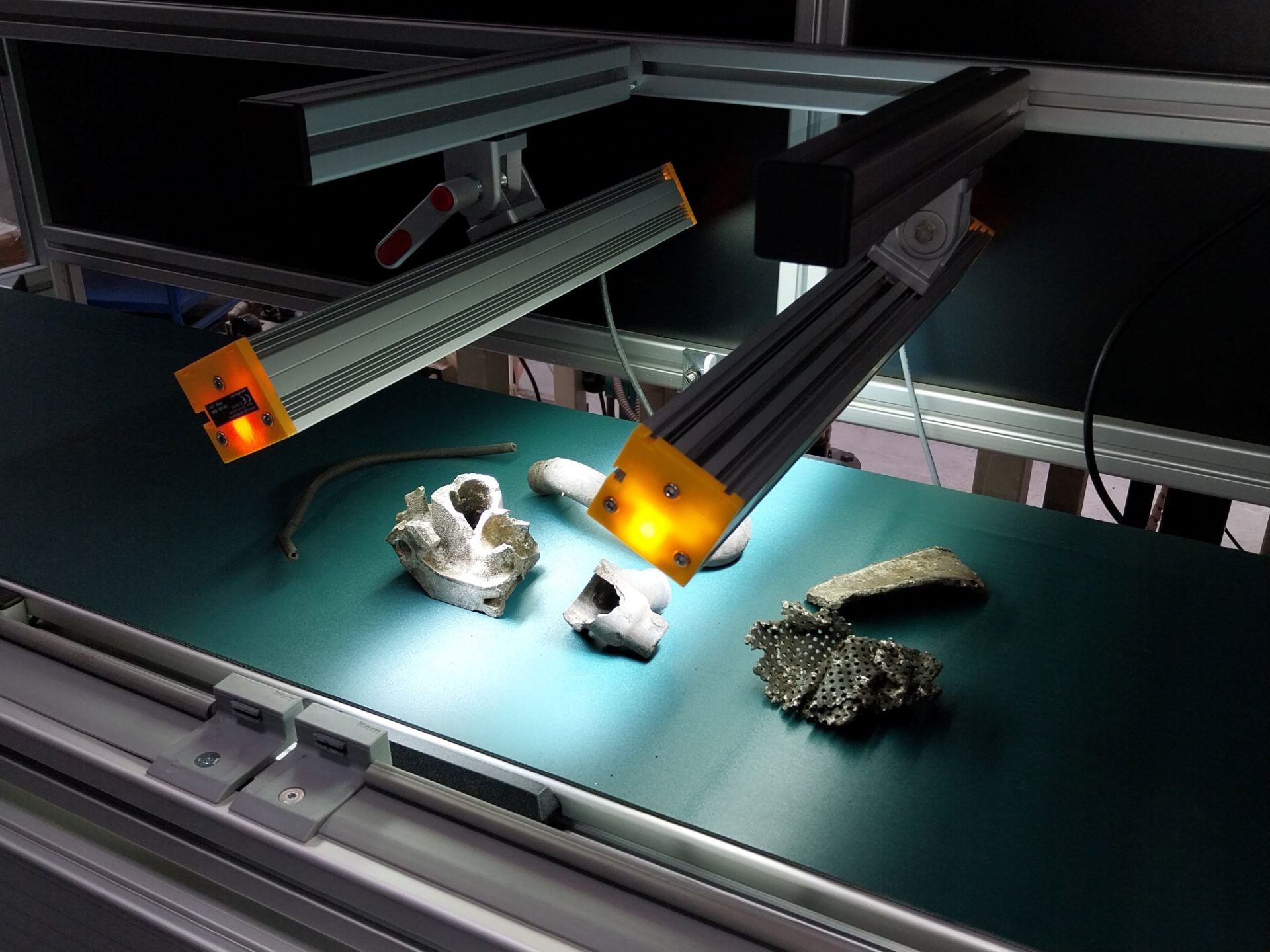CIDETEC Energy Storage moves forward to give electric vehicle batteries a second life

Through the BATTERY2LIFE project, it will use smart technology to extend the useful life of batteries and ensure their safe reuse
Within the framework of the European BATTERY2LIFE project, CIDETEC Energy Storage has completed important advances in the development of key tools to extend the useful life of electric vehicle batteries, promoting their reuse in stationary applications and promoting a more sustainable energy model.
At the halfway point of the project, one of the milestones achieved is the creation of a tool to analyse the status and viability of batteries at the end of their first useful life. This tool combines technical and economic analyses to accurately assess whether a battery can be reused, as well as to size the 2nd life system according to the energy needs of the new environment.
In addition, intelligent systems have been implemented to predict how long these batteries can continue to function in their second use. These models, hosted in the cloud, contribute to the reliability of the system, facilitating tasks such as preventive maintenance or planning their replacement.
On the other hand, CIDETEC Energy Storage has developed methods for early detection of risk phenomena, improving the safety of these reused systems. These include technologies such as electrochemical impedance spectroscopy (EIS), which makes it possible to monitor critical states such as the risk of thermal runaway or lithium metal deposition. Alternative approaches based on preventive modelling are also proposed when EIS systems are not available.
On the other hand, a battery evaluation and classification methodology has been defined that allows grouping units with similar characteristics, optimising their selection for second use. This process includes laboratory tests and post-processing of data that will be integrated into the tools developed by the project for the evaluation and reuse of end-of-life systems.
BATTERY2LIFE moves forward to solve some of the main challenges of the use of second life batteries: from disassembly and condition assessment to reconfiguration and reuse in new applications. All this in a context where it is expected that, by 2030, more than 5 million tonnes of electric vehicle batteries could reach the end of their useful life, with an average remaining capacity of 70-80%.
CIDETEC Energy Storage’s work in BATTERY2LIFE will make it possible to take advantage of this energy storage potential, reducing waste, optimising resources and taking a further step towards the circular economy in the field of electric mobility.




